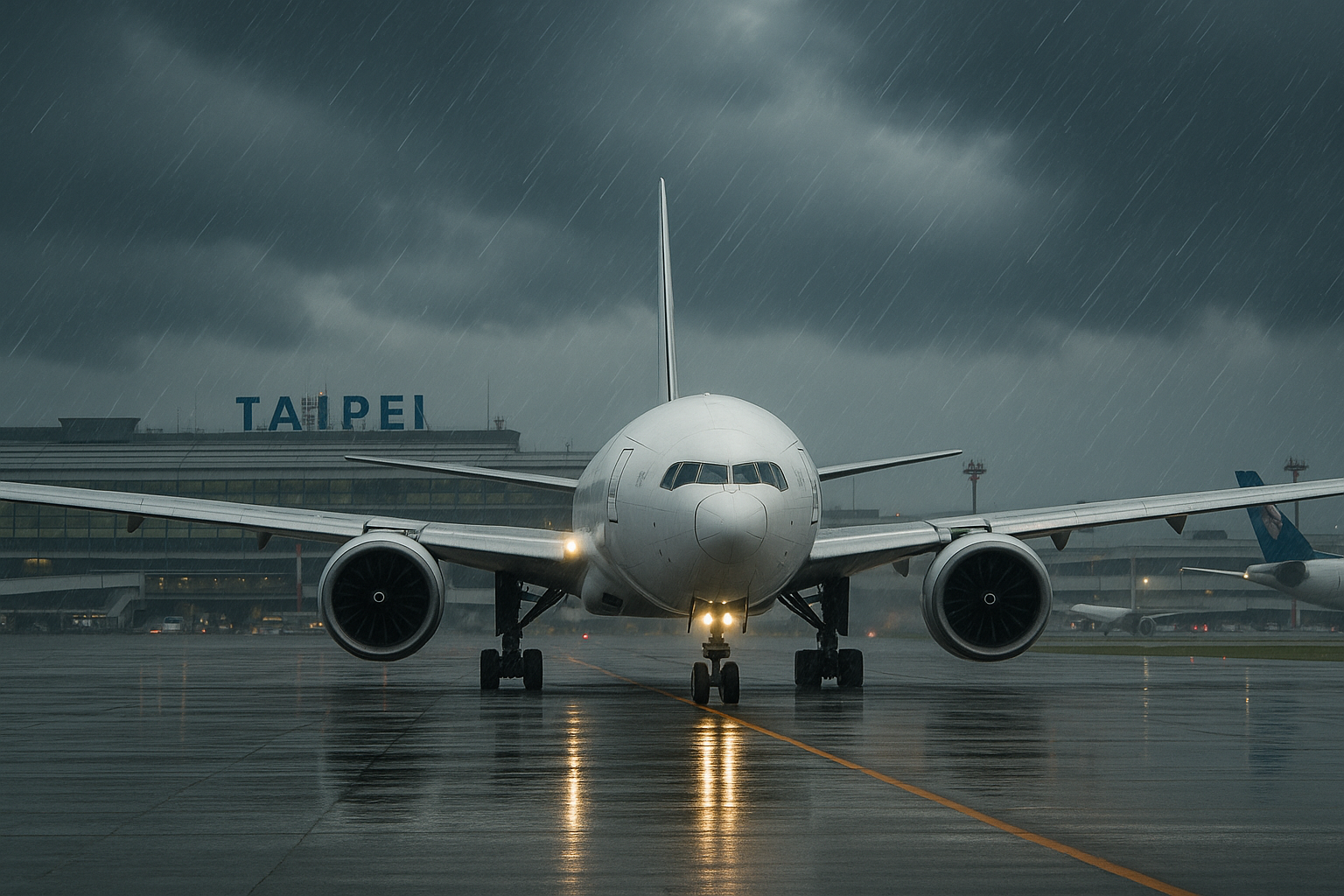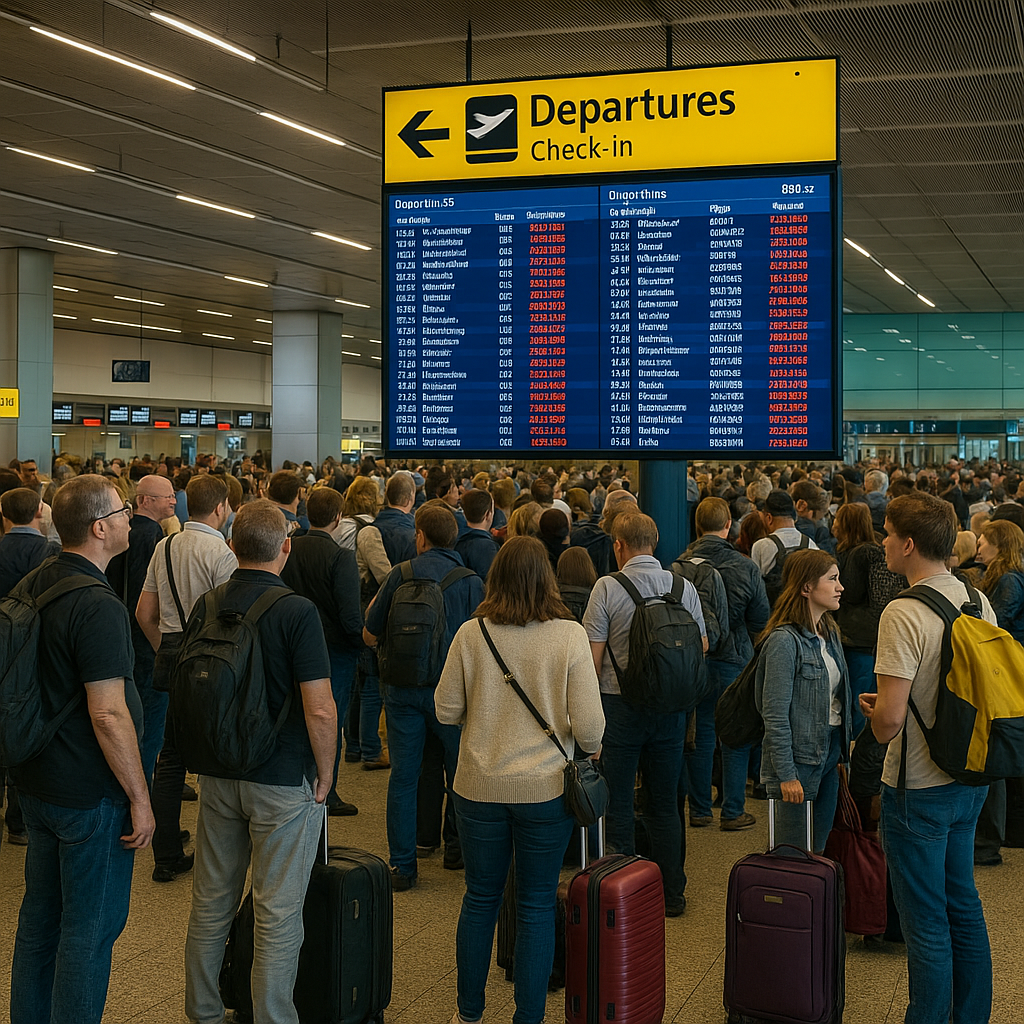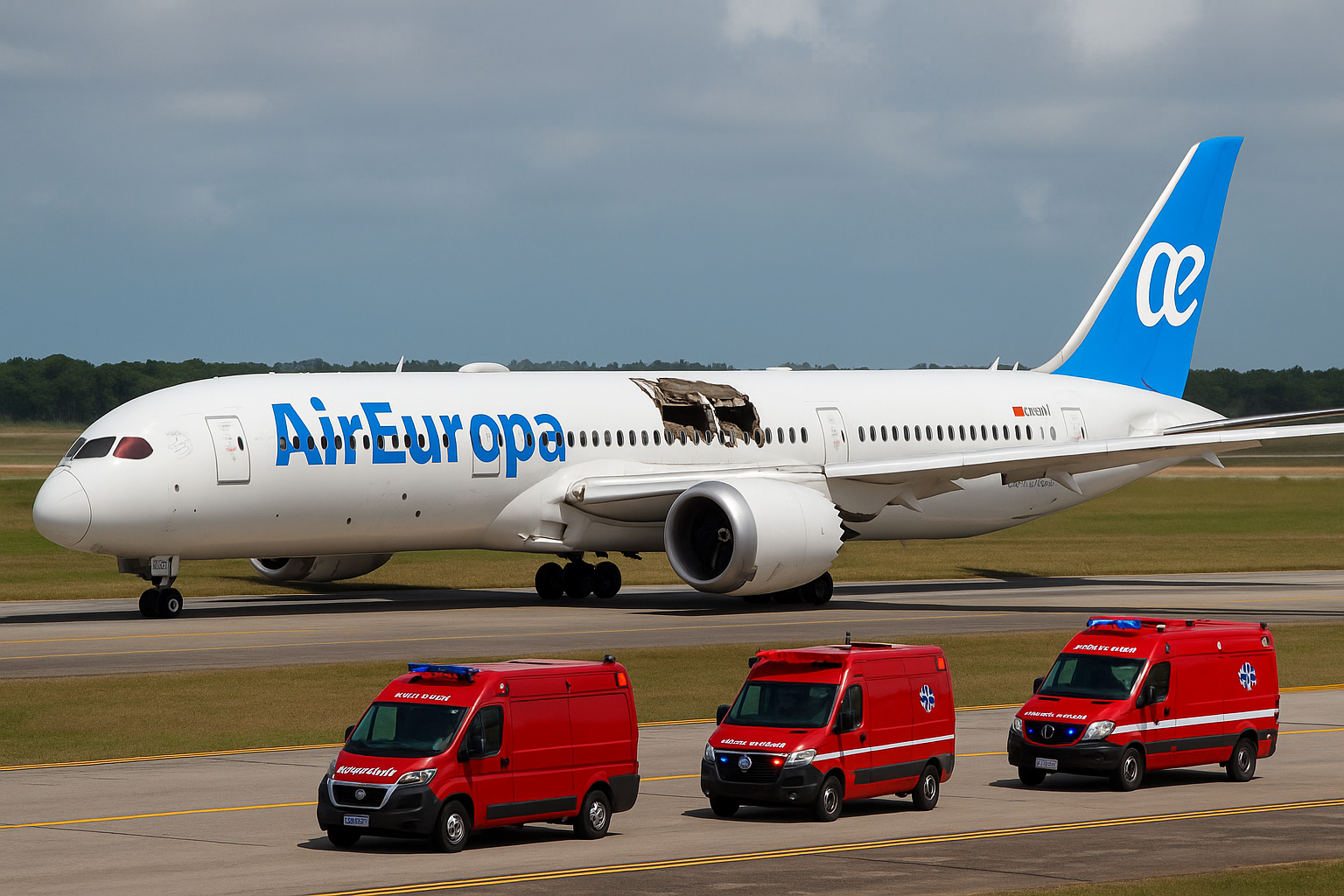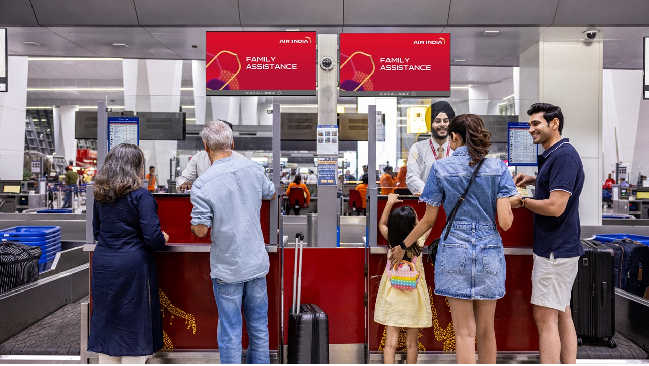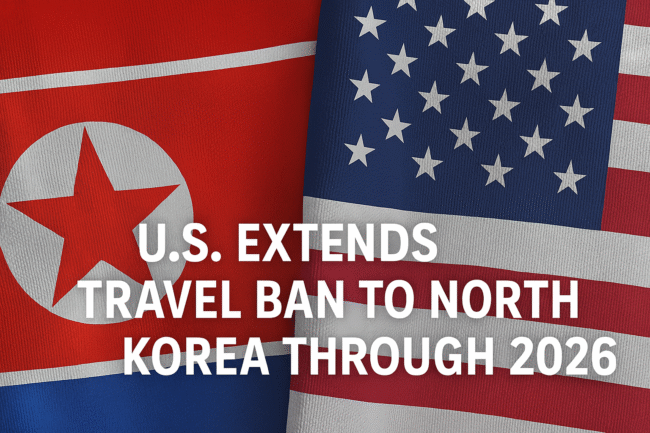Asia’s Skies in Turmoil: Over 3,300 Flights Delayed or Cancelled Amid Regional Weather Chaos
Asia’s commercial aviation network faced an operational meltdown over the past 24 hours, with more than 3,300 flights delayed and at least 66 cancelled due to severe weather conditions across several high-traffic airports. From Beijing to Singapore and Delhi to Tokyo, major carriers including China Eastern, Air China, Singapore Airlines, All Nippon Airways (ANA), Japan Airlines, and IndiGo were forced to delay or cancel services, triggering ripple effects across domestic and international routes.
The disruptions were primarily caused by a complex combination of seasonal weather patterns including monsoonal rainfall, tropical humidity, sea fog, and convective thunderstorms, particularly affecting the Indian subcontinent, Southeast Asia, and East Asia. Meteorologists from the India Meteorological Department (IMD), Japan Meteorological Agency (JMA), and China Meteorological Administration (CMA) all cited persistent low-pressure systems and unstable atmospheric conditions as key culprits.
Top Disrupted Airports Across Asia
China:
Beijing Capital International Airport and Shanghai Pudong International Airport were among the worst affected, logging nearly 500 combined delays and dozens of cancellations. At Shenzhen Bao’an International Airport, over 430 delays were recorded due to heavy rain and surface water accumulation. Guangzhou Baiyun International Airport was similarly impacted, registering more than 400 delayed flights.
Japan:
Tokyo Haneda and Narita International Airports faced over 230 delays due to persistent coastal fog and shifting wind patterns. Kansai International Airport saw over 90 delays, primarily in the late evening hours as weak thunderstorms moved through western Japan.
India:
Delhi Indira Gandhi International Airport led India’s disruption chart with over 230 delays and three cancellations, largely caused by morning fog and gusty winds. Mumbai experienced runway flooding amid monsoon rains, causing 160 delays and seven cancellations. Chennai, Hyderabad, and Bengaluru all reported 60 to 80 delays due to humid and foggy conditions.
Southeast Asia:
Singapore Changi Airport registered over 290 delays, largely concentrated in the afternoon as lightning alerts suspended apron activity. Kuala Lumpur International Airport faced more than 350 delays due to persistent thunderstorms. In Vietnam, Tan Son Nhat (Ho Chi Minh City) and Noi Bai (Hanoi) Airports together logged over 400 delays. Bangkok’s Don Mueang and Phuket airports reported more than 180 combined delays due to afternoon lightning and fog.
South Korea and Taiwan:
Incheon International Airport saw over 300 delays as morning fog and overcast skies disrupted traffic flow. Taiwan Taoyuan International Airport recorded 160 delays, while Kaohsiung Airport cancelled 24 flights due to thunderstorms and flash flooding.
South and Central Asia:
Kathmandu’s Tribhuvan International Airport was impacted by mountain-induced cloud cover, recording 110 delays. Airports in Pakistan, including Karachi and Lahore, experienced 20–30 delays each due to monsoon-driven rain and mist. Doha’s Hamad International Airport and Dubai’s major airports reported weather-related delays caused by desert haze and low visibility.
Why Are These Disruptions Happening Now?
According to the World Meteorological Organization (WMO), Asia is currently experiencing a convergence of seasonal transitions—the southwest monsoon in South Asia, summer humidity in East Asia, and tropical instability in Southeast Asia. These overlapping weather systems are increasing the frequency of convective activity such as lightning, isolated downpours, and low-lying fog, all of which significantly degrade runway visibility, increase aircraft separation minima, and stall ground operations.
In addition, summer travel peaks have pushed regional airports to near-capacity operation. Even minor weather events are now resulting in cascading delays as departure slots tighten and inbound aircraft are rerouted or held in airspace.
Operational Challenges for Airlines and Airports
Air traffic controllers across Asia were forced to implement temporary airspace holds, impose ground delays, and activate lightning shelter protocols that halted aircraft pushbacks and refueling operations. Ramp and baggage handling teams faced repeated shutdowns at many airports including Jakarta, Singapore, and Bangkok due to weather safety thresholds.
Airlines like ANA, Singapore Airlines, and IndiGo issued travel advisories urging passengers to check flight status before departing for the airport. China Eastern and Air China diverted multiple flights away from coastal hubs like Shanghai and Shenzhen to less affected inland cities such as Chengdu and Wuhan.
Passenger Impact and Advice
Travellers were stranded for hours at terminals with long queues at rebooking desks. The Airports Authority of India (AAI) and Civil Aviation Administration of China (CAAC) have recommended that travellers during the monsoon and typhoon season opt for morning flights, which statistically face fewer disruptions.
Passengers are also encouraged to register for SMS or app-based alerts from their airlines, and consider refundable tickets or travel insurance for greater flexibility. Many airports, including Singapore Changi and Tokyo Narita, have updated real-time dashboards and digital signage to help redirect passenger flows more effectively during disruptions.
What’s Next for Asian Aviation?
While most airport operations returned to normal by the end of the day, meteorological forecasts predict continued volatility in weather patterns throughout July. Aviation authorities across Asia are ramping up coordination with national weather services and considering short-term scheduling buffers to reduce cascading effects from minor delays.
The events of this week serve as a reminder that while Asia boasts some of the world’s most advanced airports, the continent’s aviation infrastructure remains vulnerable to even moderate climate variability. With climate change expected to increase the frequency of extreme weather events, airports and airlines must urgently invest in more adaptive scheduling systems and infrastructure resilience.
For more travel news like this, keep reading Global Travel Wire

